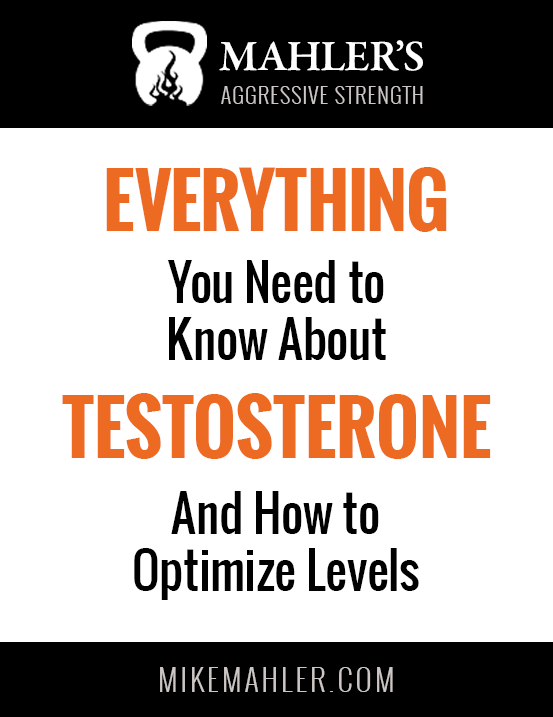Nitric oxide supports ideal blood circulation and is crucial for not only overall health but also sexual health. Depleted nitric oxide levels contribute to cardiovascular issues such as high blood pressure as well as erectile dysfunction. It’s not a surprise that high blood pressure and erectile dysfunction are often seen together. When you have poor circulation your heart has to work overtime to pump blood throughout the body leading to higher blood pressure and often erection issues as well. Very low blood pressure can result in erectile dysfunction as well as you need some adrenaline to stimulate sex drive. However, men with very low blood pressure are likely about as common as overweight men with depleted estrogen levels.
Nitric Oxide has also been shown to increase glucose uptake by the muscles during exercise which will increase energy and improve performance. In addition, nitric oxide also stimulates growth hormone and supports testosterone production. The latter in men may be in part due to better erections which in turn definitely increases confidence and testosterone.
While optimal nitric oxide levels can improve exercise performance, exercise also improves nitric oxide levels. Integrate some circulation focused sessions in your regimen every week. Some examples include thirty minutes of interval training on an elliptical machine, high volume kettlebell ballistic work, and Peripheral Heart Action training.
Next, add a variety of foods to your nutrition plan support nitric oxide production such as
- Beets
- Spinach
- Arugula
- Rhubarb
- Swiss chard
- Kale
- Dark chocolate (At least 70% cocoa)
- Pomegranate
- Celery
- Watermelon.
I add beet, cacao, and pomegranate powder to my morning power shake daily as well as baby spinach and Swiss chard. If you enjoy juicing try juicing beets, celery, kale, swiss chard, and an apple.
The best supplements to increase nitric oxide are citrulline and Glycine Propionyl L-carnitine (GPLC). Four to eight grams of citrulline daily or three grams of GPLC an hour before training will result in a noticeable pump and improved circulation.
Improving nitric oxide levels can lead to a rapid drop in blood pressure so be cautious if you already have low blood pressure or are on blood pressure medications. Finally, you can use nitric oxide testing strips to assess levels and as a gauge for improvements.

